Are you a budding filmmaker or scriptwriter seeking to create a compelling narrative that captivates your audience? If so, you’ve likely stumbled upon the term conflict in film during your research. Conflict is the lifeblood of any story, the engine that drives the plot and shapes the narrative. It’s the clash between oppositions, the struggle that your characters must face and overcome. But how do you effectively weave conflict into your story? How do you ensure it resonates with your audience and propels your narrative forward? In this article, we’ll delve into the intricacies of conflict in movies, exploring its different forms and how you can masterfully incorporate it into your storytelling.
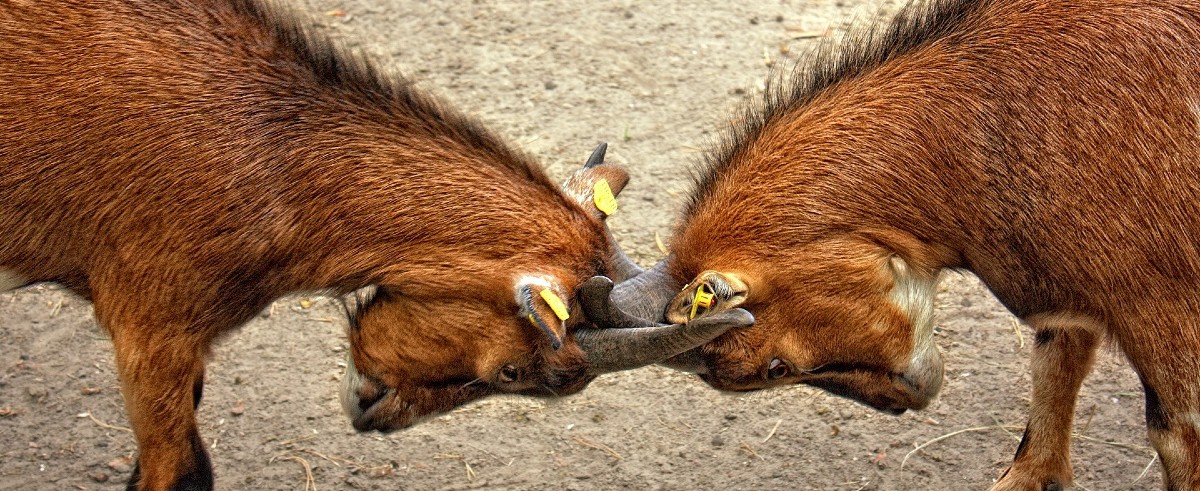
Conflict in film is a crucial element to every story; it’s what drives the plot. You need to make sure you tie the conflict to your character correctly and allow it to manifest both internally and externally.
If you don’t carefully tie the conflict to your character, you will miss out on truthful, tense conflict, and you’ll be left with unnatural and unfitting conflict.
Writing evoking conflict is a tool all writers must master; it’s what drives the story and picks it up by the collar and pulls it through.
In today’s article, we will look at what conflict is and the two types of conflict (internal and external). How you can weave conflict into your story and some exceptional examples to help you become a better writer!
What is Conflict in Film?
Conflict in film is essentially the clash between opposition that can form in many ways and shape your story’s narrative.
It appears in two forms, internal and external.
Here are the six most popular ways conflict in film can appear:
- Character vs character
- Character vs nature
- Character vs supernatural
- Character vs self
- Character vs technology
- Character vs technology
The two types of conflict in film
There are two forms of conflict that occurs in film. This is external and internal conflict. Sometimes your character will only feel the effects internally and occasionally externally, but a lot of the time, the two will intertwine.
Below we will dissect each type of conflict and allow you to understand what they are and the best practice to implement these naturally within your storyline.
This helps drive the story and create relatable characters that the audience will be mesmerised by. Let’s have a look at the two types of conflict below:
1. Internal Conflict
Internal conflict is an internal action in which the character is torn between doing something they don’t believe in, agree with or something they can’t admit to – that could be for the greater good.
This torment all happens within the characters head and can affect key decisions made within the film. This decision essentially moves the plot along; whether it’s for the good or the bad, it keeps the audience interested.
This type of conflict is listed above as character vs self.
Common triggers of internal conflict can be:
- Expectation
- Want
- Desire
- Fear
You need these triggers to move the plot along.
A great example of internal conflict is in Toy Story, focusing on Buzz Lightyears struggles to identify as a toy. He sees himself as a real person, an astronaut. This causes him a lot of anxiety and grief.
It’s only when he finally accepts who he is, he becomes much happier. He starts to enjoy himself and appreciate what he’s got.
This creates relatability with the audience. People can relate to Buzz Lightyear’s struggles with identity as it something we as humans deal with at some stage of our lives.
You may also like to read: Internal Conflict: Crafting EXCEPTIONAL internal conflict in your script
2. External Conflict
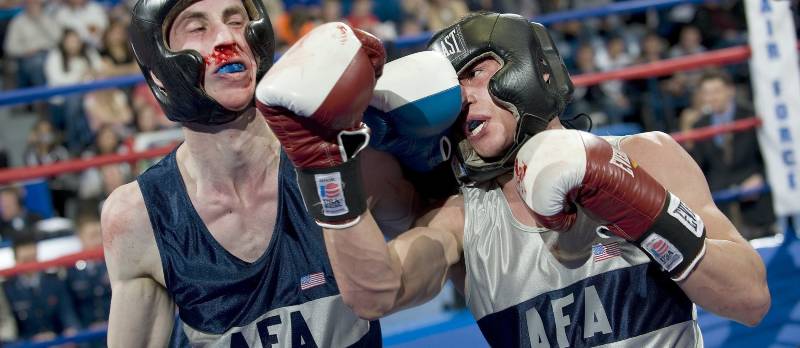
External conflict is a type of physical conflict that is getting in the way or stopping your character from achieving their goals. This helps to drive the story and becomes integral to the growth of your character.
You can keep the audience guessing whilst they watch your film. It drives the narrative and helps you to grow the plot, twisting and turning through different avenues.
The external conflict essentially adds hurdles for your character to navigate, which keeps the audience guessing which way they’ll turn. Will they make it out alive? Not sure, but it makes for excellent viewing.
Here are the four main types of external conflict:
- Character vs Society
- Character vs Character
- Character vs Technology
- Character vs Nature
Ultimately you want to use this to the best of your ability. It keeps the audience engaged with the story, and actually, crafting quality conflict allows them to relate to the character.
All of these factors help you drive the story, make your characters relatable, and most importantly, keep the audience interested.
You may also like to read: External conflict in Screenwriting: The four MAIN types of external conflict
Why should I create conflict in my screenplay?
There are many reasons you add friction to your story—these range from developing your characters to driving the plot forward. Here we will delve into the reasons you must create conflict within your screenplay.
Let’s check them out.
1. It helps develop the characters
When a character has to go up against an opponent, this shows their actual emotions and magnifies their traits.
This helps the audience relate to the character and builds multi-dimensional characters that carry the story.
2. The audience can relate
Building on the above point is the aspect of building relatable characters from conflict. Creating relatable characters isn’t about making them likeable. It’s about making them relatable. And, conflict is one of the ways to do this.
By creating conflict, whether it’s an external conflict or an internal conflict, most likely the audience has experienced something similar.
As the audience lives through this, it makes sense why the protagonist may be acting in such a way. They can relate to the cause of the behaviour rather than the actual action.
We all feel fear, anxiety, sadness and many other feelings. Utilising these feelings to push the plot along can be highly beneficial to you and your audience.
You may also like: How to craft EXCEPTIONAL secondary characters
3. Provides a purpose for your story

By establishing the conflict at the start of your story, then finding a solution for that conflict in your film. It provides a purpose for your story and gives your screenplay a direction.
This helps you mould the beginning, middle and end of your story – it gives your the tools to develop and push the plot forward.
How to Create Conflict in Film
Let’s look into how you can create conflict within your story. There are many ways to weave conflict into your story, and we will take a deep dive into these so you can master the art of tension.
1. Develop strong characters with opposing values
Yep, pretty obvious one when you read that statement. But it’s an option a lot of writers don’t dig into a little further.
Dig a little deeper than good vs evil. What are some of the significant conflicts you’ve had in your life, and how did you resolve them?
You could look at morality. One fascinating documentary that clearly shows the differences in conflict is the Seaspiracy guys. It’s the guys fighting for what’s suitable for the earth vs greedy people with no morals. However, there’s more to it when they dig deeper. Some of the people working on these ships are treated poorly and are there to make ends meet.
If they don’t like themselves, and their families will starve. There’s a massive internal conflict for these people, and it’s tough to watch.
Look at how you can create conflict that’s not as straightforward as good vs evil. There are plenty of options. Use some of your own experiences to nail the conflict in your film.
Develop robust, clear and concise opposing values that will bring your story to life.
You may also be interested in: 22 of the Best Screenwriting Books, You Must Read!
2. Decide what the conflict is that your film needs
Decide clearly what the conflict is that your film needs. It plays off the above point around developing solid characters. This is usually decided by the genre the type of conflict you will inherently set up.
For example, In Ernest Hemingway’s The Old Man and the Sea, a character vs nature conflict occurs as the nature of the film is that he’s out in the sea, where there are many powerful elements. We see this as a dramatic battle between a fisherman, Santiago and a colossal marlin that’s caught.
With the film above, there’s a lot of alone time where your character may be suffering internally; they may have internal battles they must resolve. This can add to the suspense and intrigue.
Make sure you choose one specific type of conflict, then look at secondary pieces that can be weaved in and out of the story. Great conflict comes from great characters; make sure you develop your characters to the fullest.
3. Strengthen the film’s conflict using subplots
Another way to create excellent conflict in your screenplay is to strengthen your subplots. Strengthening your subplots helps you develop complex and exciting story arcs.
These feed into the conflict and help to push the story along as the characters have a lot to think about and act to resolve issues or confront the incoming conflict.
JK Rowling does this brilliantly in Harry Potter, and it was a hit. You buy into the conflict and get submerged in their feelings, and relate to how they feel to the ongoing chaos. Write great subplots to create a complex story arc, and interesting characters will be born from this.
4. Increase the stakes
Turn that gauge high, rip it off the stakes-o-meter, and raise that motherfucker to the sky. It’s time to raise the stakes.

What does your character want to achieve? What’s their goal? Outline this once more and add a few obstacles to stop them in their tracks. Make it hard for them to achieve their goal; make your protagonist work hard to get what they want.
Why am I so harsh? Well, it’ll be no fun for the audience if they breeze through the story getting what they want with ease. Let’s make them work for it, and let’s make them learn from their mistakes and grow.
It’s how we as humans learn, and it will undoubtedly capture the audience’s attention.
5. Create a powerful, venomous antagonist
Angry, distinct words here. But it’s what you need to do; you need your protagonist to have a strong opposing force to make them act upon it. Force them into making uncomfortable decisions.
If you create a compelling, potent antagonist, it will pull the emotions, both internally and externally, from the protagonist and make it interesting to watch.
They will force your protagonist to transform somehow and present unparallel hurdles that will, unfortunately, cause the protagonist strife. Unpleasant for your main character but incredibly enjoyable for your audience – it’s how the story unravels.
Exciting stuff… Next up are some of our favourite examples in cinema; scroll below to check them out!
You may also like: Character development: The fundamentals of developing the ultimate character!
3 Great Examples of Conflict in Film
Here are a few of our favourite examples of conflict in movies. These are outstanding examples that will help you develop as a filmmaker and finesse your writing in minutes. Plus, they’re kind of fun to read!
Here’s our list below.
1. Little Miss Sunshine – Olive
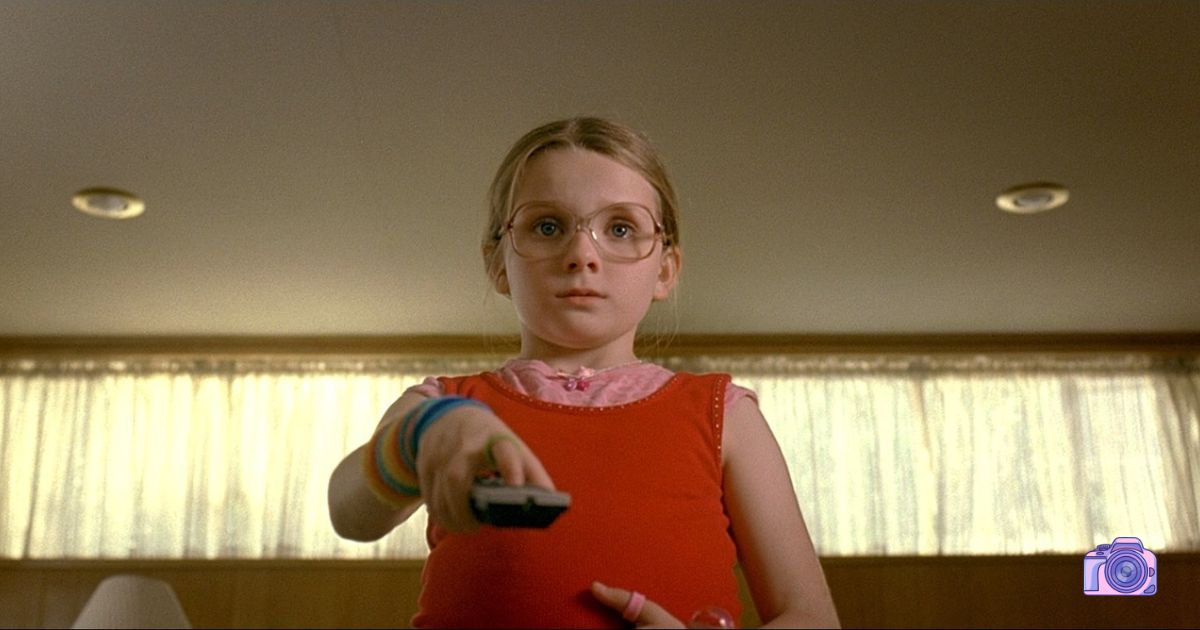
Little Miss Sunshine is the perfect example of conflict in film.
Well, Olive is keen on getting involved in a beauty pageant, but she doesn’t suit the usual look for the pageant. Leading up to Olive going to the pageant, we see many of her family members suffering from both internal and external conflict.
Her Grandads a drug addict, her Brother is silent until he passes his pilot test, and her Dad is a failed motivational speaker… Oh, and her Uncle’s failed at his suicide attempt.
There’s a lot of emotional and physical conflict bottled up throughout the movie, and it shows.
We can see both the external and internal conflict that Olive suffers as the movie progresses and how it resolves itself over time. Throughout the film, there are many hurdles, but these only push the plot further and keep the audience engaged.
2. Toy Story – Buzz Lightyear
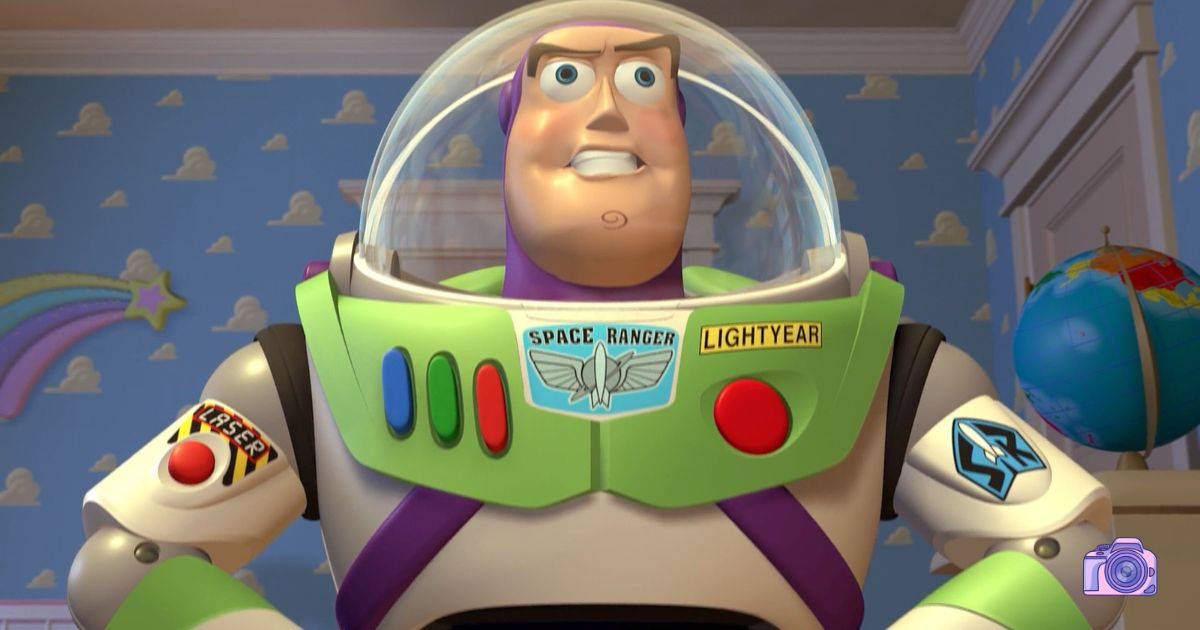
Toy Story is an interesting one; the conflict surrounds Buzz Lightyear and shows a strong internal conflict that drives the plot.
Buzz is a unique story, but the arc of his conflict is relatable. Buzz throughout isn’t accepting who he is; he doesn’t acknowledge he’s like the rest of them… He’s a toy. He can’t accept it, and it makes him miserable.
Finally, he accepts who he is, and Buzz is much happier for it. He’s happy with who he is, and he’s satisfied that he’s a toy, and it makes a world of difference.
We as humans can relate as sometimes we’re afraid to be ourselves; we don’t accept who we are and can suffer for it. But when you realise who you are and finally accept it, you’re much happier for it.
Thanks, Buzz, it was a journey.
3. Raiders of the Lost Ark – Indiana Jones
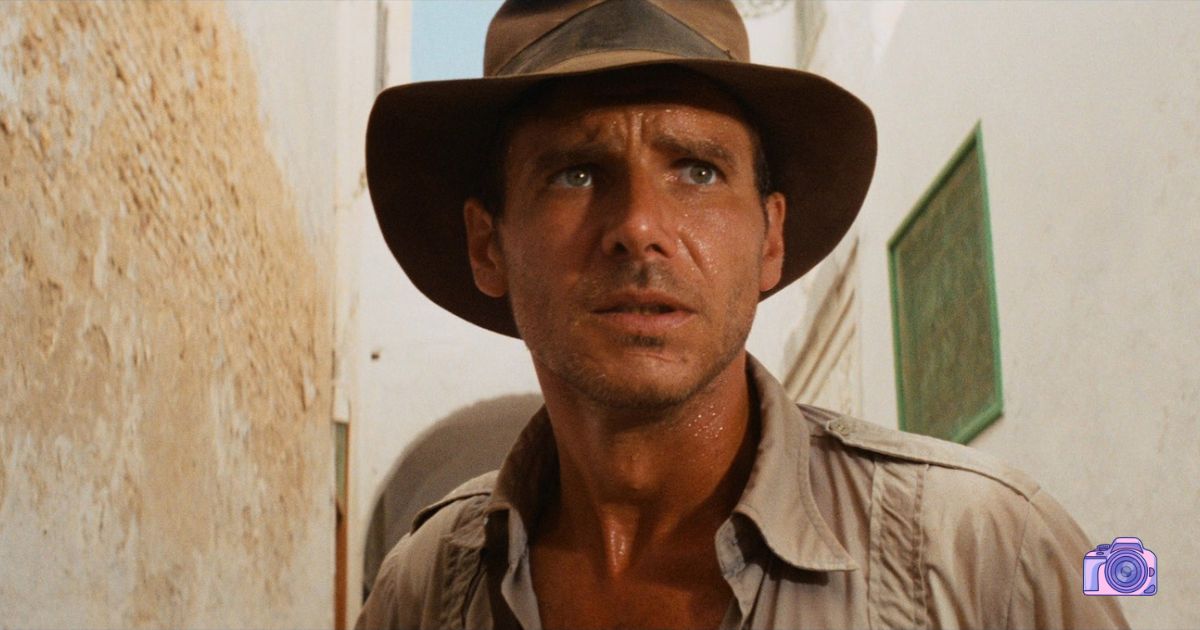
Raiders of the Lost Arc is another example. This combines both internal and external obstacles that Indiana has to navigate. We see how he reacts to these and his behaviour to overcome the adversities.
It makes for excellent watching. The Ark’s search combines the two again as he is in a race to find the Ark as the opposing forces hire someone to compete with him. He also has to fight his morality as he needs to confront his partner who screwed him over the years back to gain an advantage.
These different types of conflict all add up and help to create a cinematic masterpiece. The audience is left wanting more and hanging off the edge of their seats, willing Indiana to succeed. Or not if you’re a lover of Antagonists.
Crafting compelling conflict in film is an art that requires understanding, practice, and finesse. It’s about creating relatable characters, raising the stakes, and introducing subplots that enrich your story. It’s about understanding your audience and what they want to see, feel, and experience.
Whether it’s the internal struggle of Buzz Lightyear in Toy Story or the external challenges faced by Indiana Jones in Raiders of the Lost Ark, conflict is the thread that ties the story together, keeping the audience on the edge of their seats. As you venture into your filmmaking journey, remember that conflict is more than just a plot device—it’s the heart and soul of your narrative. So, embrace it, experiment with it, and let it guide your storytelling to new heights.